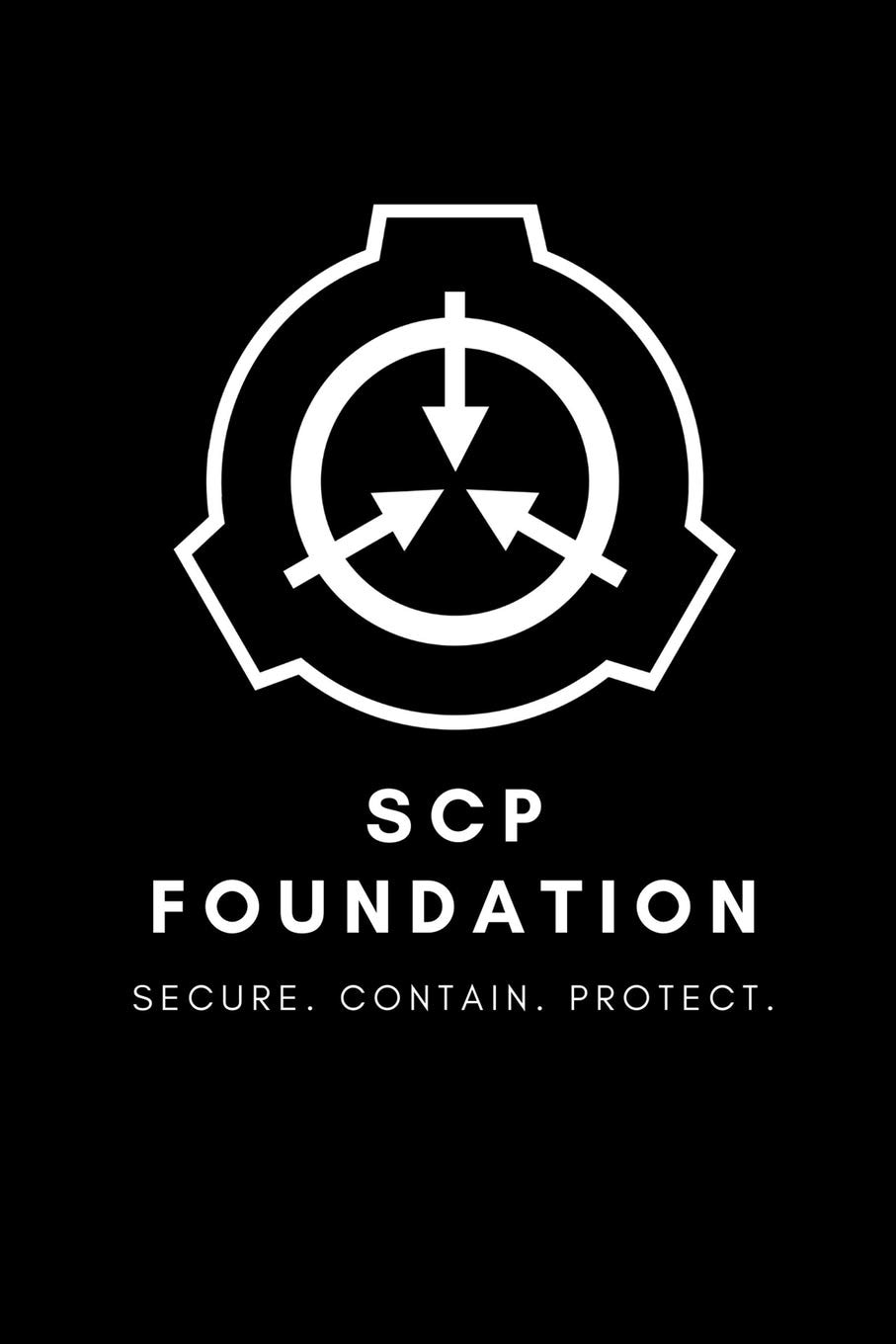PDF] Kinetics of tap water dechlorination and aquatic health impacts of selected dechlorination chemicals
Por um escritor misterioso
Descrição
The kinetics of seven dechlorination agents (DA) was studied to identify the efficacy of dechlorination under variable dosage, mixing (periodic/continuous), and pH conditions (6.5 8.6 and/or >9). Dechlorination reactions at lx stoichiometric dosage (mg DA/ mg CI2) of the DAs are rapid in most cases, but not instantaneous and in some cases needed more than stoichiometric dosage to ensure a near zero residual level (0.02 mg/L total residual chlorine, as required by CEPA (1999)). Dechlorination kinetic analysis revealed reactions were either pseudo-first or zero order with respect to total chlorine concentration in solution at the lOx stoichiometric dosage and second order overall at 2 4x stoichiometric dosages. 48-hour aquatic toxicity tests were conducted using Daphnia magna to identify the acute (short-term) toxicity affects of the dechlorination chemicals over a range of concentrations (0 200 mg/L). Sodium sulfite and thiosulfate were found to have the least aquatic mortality effects while hydrogen peroxide and calcium thiosulfate had the most deleterious effects.
![PDF] Kinetics of tap water dechlorination and aquatic health impacts of selected dechlorination chemicals](https://pubchem.ncbi.nlm.nih.gov/image/imgsrv.fcgi?cid=5284469&t=l)
1,4,5,6,7,7-Hexachloro-2,2-bis(chloromethyl)-3-methylidenebicyclo
![PDF] Kinetics of tap water dechlorination and aquatic health impacts of selected dechlorination chemicals](https://image.isu.pub/230328153608-67cd24a7a48bf5039dff34ee460aa7dc/jpg/page_1.jpg)
Hydrogeology 101: Introduction to Groundwater Science and
![PDF] Kinetics of tap water dechlorination and aquatic health impacts of selected dechlorination chemicals](https://www.frontiersin.org/files/Articles/881950/fmars-09-881950-HTML-r1/image_m/fmars-09-881950-g001.jpg)
Frontiers Effects of Heavy Metal Ions on Microbial Reductive
![PDF] Kinetics of tap water dechlorination and aquatic health impacts of selected dechlorination chemicals](https://media.springernature.com/m685/springer-static/image/art%3A10.1038%2Fs41598-023-38678-6/MediaObjects/41598_2023_38678_Fig7_HTML.png)
Catalytic dechlorination of 1,2-DCA in nano Cu0-borohydride system
![PDF] Kinetics of tap water dechlorination and aquatic health impacts of selected dechlorination chemicals](https://d3i71xaburhd42.cloudfront.net/ab131947d808399059d20135d228e251cb9c7d22/57-Figure4-1.png)
PDF] Kinetics of tap water dechlorination and aquatic health
![PDF] Kinetics of tap water dechlorination and aquatic health impacts of selected dechlorination chemicals](https://0.academia-photos.com/attachment_thumbnails/45345301/mini_magick20220630-832-mlb8kf.png?1656636151)
PDF) Coupling Aggressive Mass Removal with Microbial Reductive
![PDF] Kinetics of tap water dechlorination and aquatic health impacts of selected dechlorination chemicals](https://d3i71xaburhd42.cloudfront.net/ab131947d808399059d20135d228e251cb9c7d22/117-Table17-1.png)
PDF] Kinetics of tap water dechlorination and aquatic health
![PDF] Kinetics of tap water dechlorination and aquatic health impacts of selected dechlorination chemicals](https://ascelibrary.org/cms/10.1061/(ASCE)EE.1943-7870.0000544/asset/33beb546-105d-4600-a009-a58643099c03/assets/images/large/figure2.jpg)
Comparison of Reaction Rates and Relative Efficiencies for Various
![PDF] Kinetics of tap water dechlorination and aquatic health impacts of selected dechlorination chemicals](https://efsa.onlinelibrary.wiley.com/cms/asset/144e2b3c-1207-4630-91b0-a71f355c96db/efs28194-fig-0003-m.jpg)
Guidance document on the impact of water treatment processes on
![PDF] Kinetics of tap water dechlorination and aquatic health impacts of selected dechlorination chemicals](https://pubs.rsc.org/image/article/2020/EM/d0em00086h/d0em00086h-f5_hi-res.gif)
Photochemical fate of quaternary ammonium compounds in river water
![PDF] Kinetics of tap water dechlorination and aquatic health impacts of selected dechlorination chemicals](https://pubs.acs.org/cms/10.1021/es500907n/asset/images/es500907n.social.jpeg_v03)
Reducing the Discharge of Micropollutants in the Aquatic
de
por adulto (o preço varia de acordo com o tamanho do grupo)






